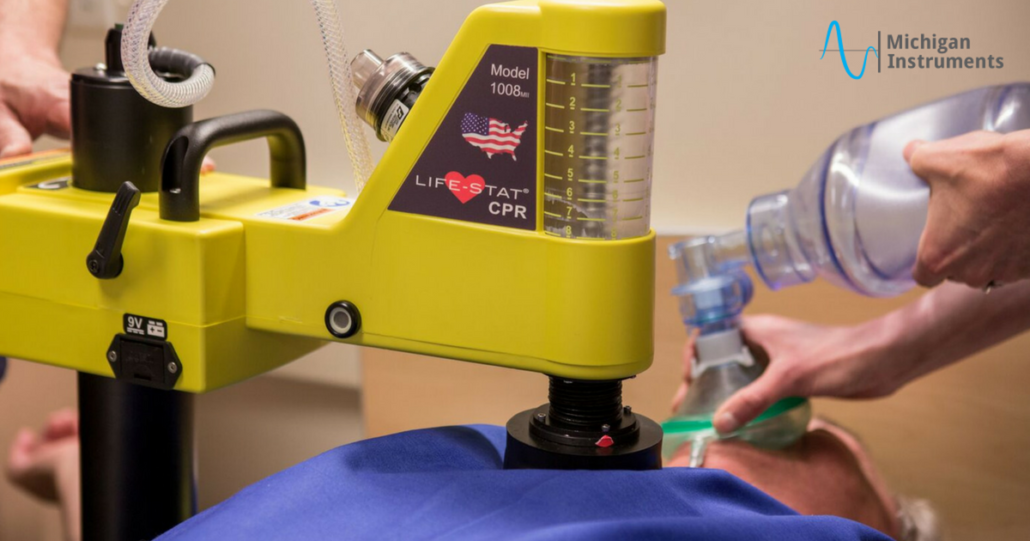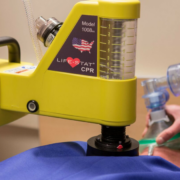
The debate about manual CPR vs mechanical CPR is one that has gone on for decades.
While we know there are several advantages to mechanical CPR in general, the outcomes for patients with heart disease and heart failure who undergo any type of CPR are not always successful because CPR cannot remedy the underlying cause of the heart stoppage. So, sadly, when a person has such conditions as advanced cardiomyopathy, severely clogged arteries, a defective heart valve or other such debilitating cardiovascular issues often the damage is already done to the heart, significantly impacting the chance for a positive outcome by CPR.
Still, there are conditions where mechanical CPR is beneficial to patients and increases odds of survival. This is the case when the underlying cause of the heart stoppage is not related to cardiovascular disease or the heart itself – for example when the heart stops due to an electric shock, physical blow, drug overdose, poisoning or hypothermia.
Provide Time to Correct Root Cause of Heart Stoppage
These conditions all require additional treatments to correct the root cause of the heart stoppage. While doctors are performing these treatments, a mechanical CPR device can maintain optimum compressions and perfusion without interruption. The Life-Stat Mechanical CPR device also is open by design to allow doctors easier access to the patient’s chest as they administer treatment and care such as defibrillation, or relief of a pneumothorax by a chest tube. The Life-Stat can also administer the pure oxygen ventilation to the patient per current 2015 American Heart Association (AHA) CPR Guidelines, so doctors and caregivers are able to work hands free to treat the patient’s symptoms – knowing that patients are getting proper AHA specified compressions and coordinated ventilation.
Many hospitals may think that mechanical CPR devices belong only in the Emergency Department but these devices have applications throughout different units including cardiovascular care areas, ICU, step down care units and more. Some hospitals have found that deploying the Life-Stat to all code blue (heart stoppage) events in the hospital by a team that includes the use of the Life-Stat demonstrates improved results including cerebral perfusion.
Learn more about our Life-Stat Mechanical CPR device or contact us today with any questions you have about its application in your hospital setting.




